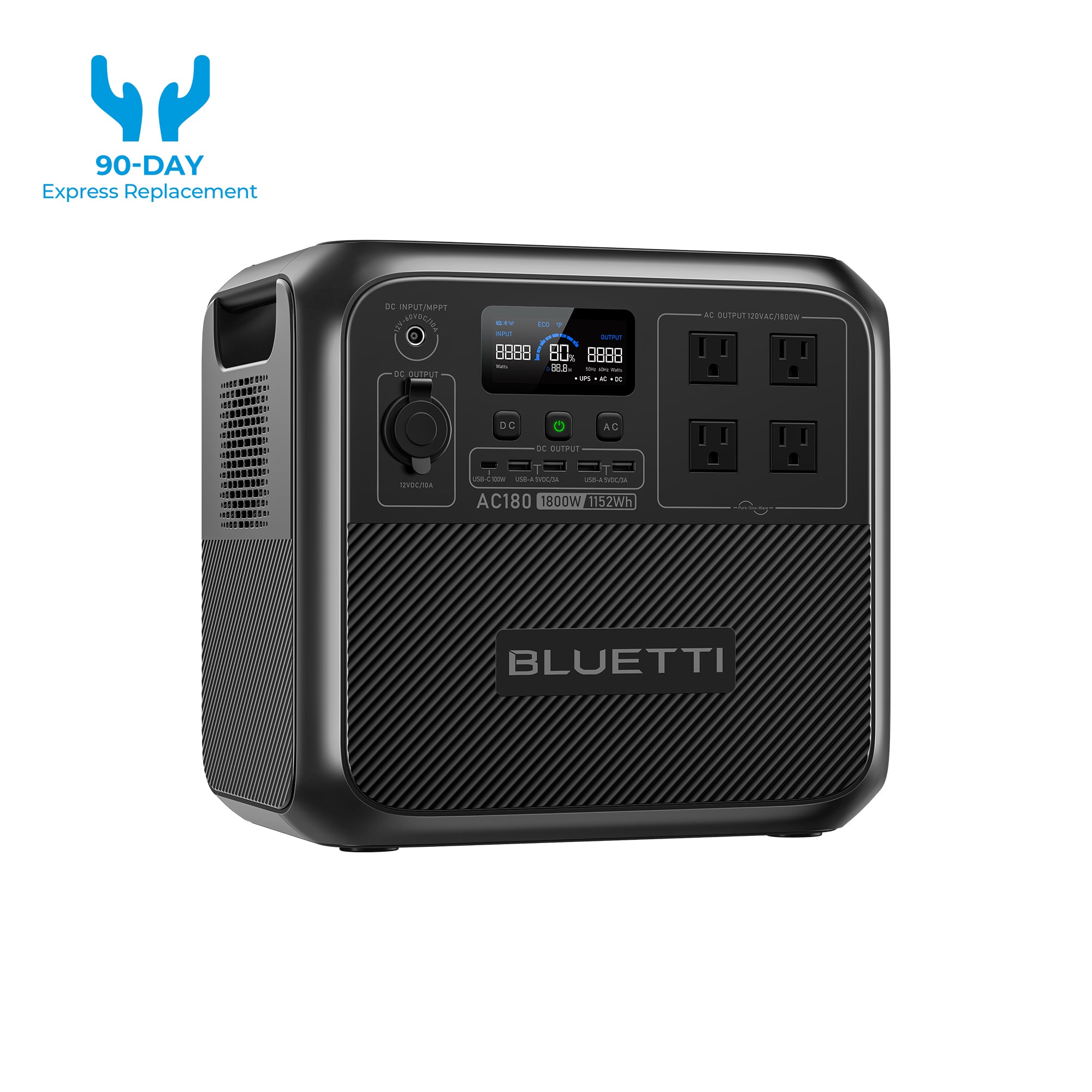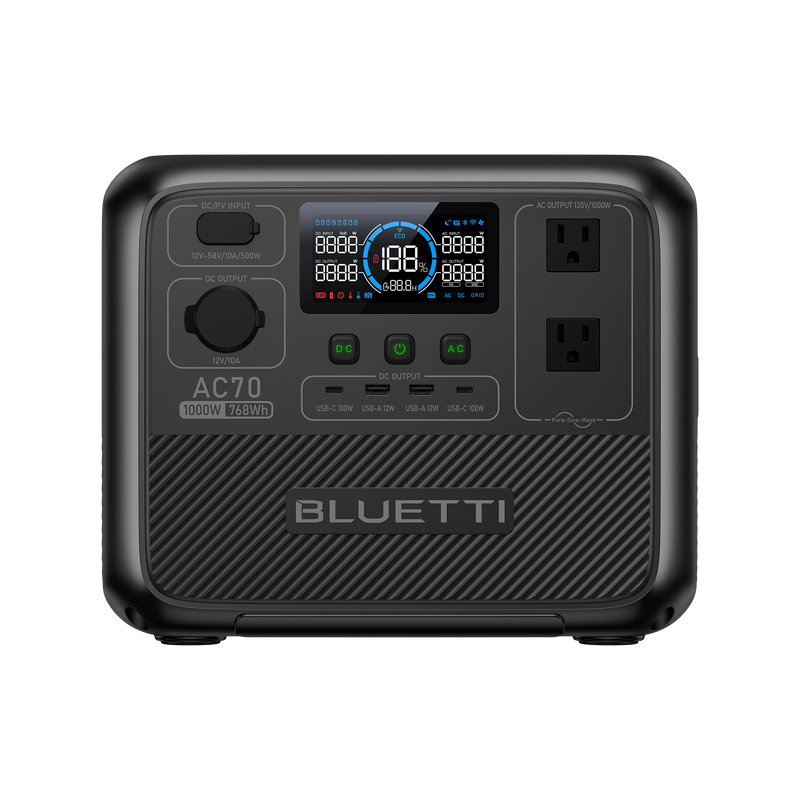Sudden and spontaneous disasters are the most challenging because they cause panic and leave you feeling paralyzed. Among such disasters, flooding is considered to be the worst of them all. Why? It destroys your property, health, mental state, and whatnot! But if you’re wise, you’ll definitely want to know what the important steps are when such a catastrophe occurs.
If you’re living in a flood-prone area, then by all means, get familiar with safety measures and, more importantly, learn what to do immediately when there’s a flood, as it can save lives.
I’m writing this guide to break down everything you need to know about pre- and post-flood horrors. So, let’s dive in.
The Critical Need For Quick Thinking
Floods don’t wait. There are no delays during heavy rains, river overflows, or unexpected storms—each second becomes vital. I was shocked when a friend informed me about a rapid flash flood that turned peaceful conditions into a panicked emergency in her surroundings. The experience she revealed was enough for me to open my eyes and ponder “how important it is to refrain from delaying any action during emergencies.”
Every moment counts, and knowing what to do immediately when a flood occurs can be the difference between safety and danger.
Rising flood waters create significant adverse outcomes for those delaying action. The immediate implementation of safety procedures safeguards individuals and their families from damage. The benefit of pre-flood preparation is evident during these emergencies because it will help you avoid panicking when disasters occur.
Recognize the Early Warnings

Recognizing Flood Warnings
Flood warnings exist in diverse forms, which activate varying degrees of urgency in response. You can get updates regarding hazard conditions through the combination of local weather providers, emergency management departments, and smartphone notification systems. Flood warning systems are usually divided into two warning categories.
- River Flood Alerts: Alerts from river flood monitoring systems are released because river water levels show an increasing trend. During such warnings, you receive enough time to pack essential possessions and devise a detailed evacuation strategy.
- Flash Flood Alerts: Flash flood alerts carry a higher immediate danger than other alerts. The risk of flash floods remains high because they happen quickly before people realize the threat, particularly in buildings situated near slopes or dense urban regions.
Every flood alert requires an immediate response. Therefore, it is necessary to memorize and follow proper actions. You must focus on the information presented during warnings, including projected water height measurement, dangerous area maps, and designated evacuation paths.
Trusting Official Sources
Residents should only rely on updates from official sources, such as local weather services or emergency management offices, instead of trusting unverified social media posts. For accurate flood alert information, seek updates only from your local weather service or emergency management office.
You should always follow official advice instead of risking it when unsure about a decision. Authoritative communication provides vital information that leads many people to safety during emergencies.
Preparing before the flood
Flood safety measures should start before storm clouds appear, not just during emergencies. A well-made plan will minimize the confusion that accompanies flood situations.

1. Crafting a Detailed Safety Plan
First, establish all possible pathways for evacuation from your house. You should determine specific areas with high elevation or safe zones that serve as locations to reach during water escalation. Your entire family must meet together to review your safety plan.
Ask: “Has everyone been trained for the first emergency response steps in flood situations?” The identification of escape routes, together with the selection of rendezvous points, helps people remain calm during moments of high emotional stress. Sometimes, a simple reminder like what to do immediately when a flood can spark a conversation that leads to improved community safety measures.
The safety plan should be designed to work in reality. Assess how your community is built, account for any limitations among family members who need help moving, and include possible pet concerns. Creating and practicing a proper disaster survival plan delivers both safety benefits and mental serenity while storms of uncertainty pervade.
2. Assembling Your Emergency Kit
A portable collection of supplies known as an emergency kit provides essential survival support during critical times. Your emergency kit should include non-perishable food, water, medications, important papers, crucial safety tools, and connection equipment for power outages. By such equipment, we mean portable power stations.
Bluetti portable power supplies provide essential functionality to operate critical living devices after electrical grid failures occur.
Put a printed version of your emergency plan inside your emergency kit to remind you of immediate actions during flooding situations. Your plan becomes a crucial backup tool because it remains accessible with your supplies even if all digital systems fail.
3. Securing Your Home and Finances
Before flood season begins, assess your home's location and vulnerabilities. Do you live in a flood-prone area? Is your house structurally prepared to withstand flooding?
Issues of flood severity indicate you should explore flood-proofing options, including barrier installations and window reinforcement. Check your insurance policies. Your standard homeowners’ insurance likely will not compensate for flood damage, so you may require an additional flood insurance policy. Residents can purchase flood insurance through programs like FEMA’s National Flood Insurance Program (NFIP) in the U.S.
Preparing for your property's finances and physical needs will create less anxiety during future flooding events.
Acting during the flood
Your decisions at the time of rising flood water will affect you permanently. Here, every action matters.
1. Evacuate with a Clear Strategy
Your response must start immediately after you perceive danger in your area. You must follow your pre-set escape routes as you move towards higher elevation areas.
Those who live in locations prone to swift flooding should remember the immediate emergency steps and follow their pre-planned actions. Waiting for better conditions will often prove pointless since floods hardly show any improvement.
Some areas may already have established local evacuation routes and community shelters according to adult responsibility. You should pay close attention to radio and mobile device alerts that broadcast public announcements and warnings. The best course of action is to depart sooner than the actual deadline. I have witnessed directly how reluctance can produce unsafe time lags.
2. Driving in Flooded Areas: A Word of Caution
Drivers facing flash floods should avoid taking dangerous detours or shortcuts since water depths can be deceptive. When you see a shallow layer of water, know that it can be dangerously deep, hiding swift currents beneath the surface. Your attempt to drive through water can trap you for many hours.
When facing a flood situation, remember to avoid driving on waterlogged roads. Survivors should stay inside their vehicles during rescue operations because help will come to assist them.
3. Heeding the Call of Authorities
Under times of high stress, it may seem natural to depend on instinct. The best possible guidance comes from authorities operating in the area, as they understand the conditions better than anyone else. They will instruct evacuation even if the threat level seems minor; trust their judgment.
Based on their research, the authorities understand flood patterns and maintain current water level data. This adherence to advice is a key part of what to do immediately when there’s a flood.
Recommended Tools For Emergencies
Electricity becomes one of the first utilities to fail after a flood occurs. In such times, having a reliable power source can make all the difference. Portable power stations enable phone charging, the operation of essential appliances, and making critical medical devices function.

BLUETTI AC180 Solar Portable Power Station: A Powerhouse for Any Situation
The first in line is the BLUETTI AC180, your go-to energy backup when the grid goes down. Packing a solid 1,152Wh battery capacity and an impressive 1,800W AC output (which cranks up to 2,700W in Powerlifting Mode), this beast keeps your fridge, lights, and even your coffee maker running during an outage.
Despite its serious power, the AC180 is surprisingly portable at just 16 kg. It even has silent charging mode and UPS functionality, so you won’t hear it humming away while it keeps your essentials running.
Charging options are super flexible too. You can power it up via an AC outlet, solar panels, a car charger, or even a generator. If you're all about sustainability, the solar charging option can fully juice it up in 2.8 to 3.3 hours under ideal sunlight conditions.
Bluetti Alternator Charger
Thinking about how to charge your power station? Well, the BLUETTI Alternator Charger fits the role. It delivers up to 560W of power, which is six times more efficient than your average car charger.
Simply put, you won’t have to keep your engine running forever just to charge up. It’s got selective voltage management, an easy plug-and-play setup, and keeps your power station fully charged while you’re cruising down the highway.
BLUETTI AC70 Portable Power Station: Compact But Mighty
If you’re on the lookout for something that’s compact and easy to carry around, check out the BLUETTI AC70. It may be smaller, but it still packs a punch with a 768 Wh battery capacity and 1,000W rated power (which jumps to 2,000W in Lifting Mode when needed).
With seven output ports, you can charge everything from your laptop to essential home appliances. Furthermore, if an outage catches you off guard, the UPS function kicks in within 20 milliseconds, so you won’t even notice the transition.
Post-flood recovery
Once floodwaters decrease, you will face numerous obstacles to full recovery. The return to everyday life requires specific, deliberate actions for safety.
1. Returning Home: Proceed with Caution
You must wait until the official announcement of safety before entering your house. A thorough area examination is needed because floodwater departure reveals possible health risks from polluted water sources and unstable building features. Local news sources and emergency service contacts should be your first step to getting the latest information. Let your safety plan guide you, and reflect on what to do immediately when there’s a flood so you don’t rush into dangerous conditions.
Once authorities confirm clearance, the area becomes safe, but you should conduct your inspection with caution. Identify any structural disorders, water leaks, and any surviving dangers from hazardous electrical systems and gas leaks. Report any issues immediately.
2. Assessing and Documenting Damage
The flood attacks both your house and your possessions. Walk through your property carefully. Begin by taking photos of damages, writing down notes, and initiating a call to your insurance company. The documentation you provide at the beginning of the process enables efficient claim handling that shortens your recovery time.
And while handling these post-flood chores, it never hurts to remind yourself of what to do immediately when there’s a flood—a mantra that can help guide you through each step.
3. Safeguarding Your Health and Home
Risky microorganisms, poisonous substances, and materials often hide within the floodwater on your property. Therefore, when entering floodwaters, protect yourself through proper clothing and avoid contact with the water.
After entering the building, sanitize every surface until it becomes clean and germ-free. This will help prevent infections and mold from developing in your home.
Wrapping Up: Safety Through Preparedness
It all boils down to understanding what to do immediately after a flood. The overall safety of your household relies on following every step, from early warning signals through evacuation plans to portable power solutions and post-flood assessments.
I hope this guide has shed light on the practical steps to prepare for a flood. Take these lessons to heart, share them with your community, and keep revisiting your emergency plans. Lastly, always remember what to do immediately when there’s a flood; it’s your best defense against nature’s unpredictability.
Stay safe, plan, and face the future confidently.









































































